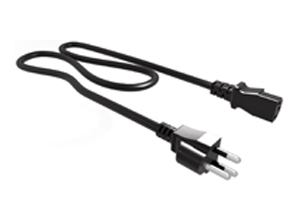A Complete Guide to Pressure Sensors: How They Work and Where to Use Them
Author:admin Date: 2025-06-24 10:24 Views:246
Different fields need pressure sensors. It could be automotive, industrial, and many other spaces. Without the pressure sensor, some applications would not be done. This is just one importance. Expect to come across many uses of pressure sensors in this guide. Let us start by understanding what is a pressure sensor and how it works.
What is a Pressure Sensor?
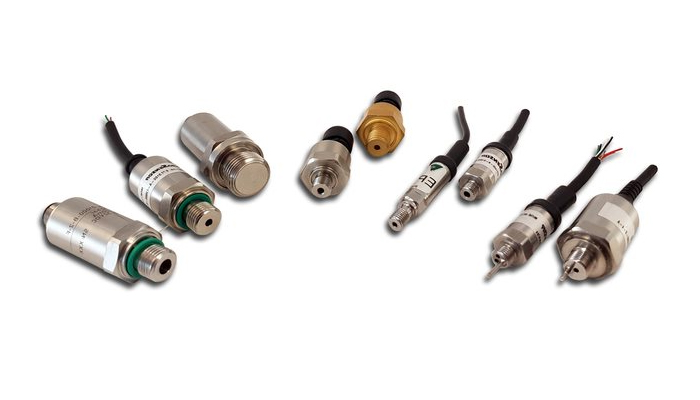
A pressure sensor is a type of device key for measuring external force exerted by a liquid or gas on a surface and then convert the force into an electrical signal. The signal can monitor, control, or display the pressure readings.
You may have come across different types of pressure sensors such as oil pressure sensor, tire pressure sensor, fuel rail pressure sensor, and others, depending on the field.
Importance of Pressure Sensors
一個 fuel pressure sensor and other types are very important in various applications. Below are some of the reasons you would want a working pressure sensor.
Safety
A pressure sensor can send an electrical signal to the display, which in turn helps you know when the pressure of an application gets to dangerous levels. This helps prevent cases of over-pressurization or leaks, resulting in a safe working environment for industrial settings.
You can also use the same for medical applications. This is where the equipment can monitor the patient’s pressure using different devices such as blood pressure monitors and ventilators.
Efficiency and Process Control
With a pressure sensor, it is possible to measure the pressure reading in an application accurately. This is key in optimizing the processes and maintaining their performance. Also, it can help minimize malfunctions.
For a manufacturing setup, such sensors can ensure there is consistent production and reduced downtime by issuing alerts in case of leaks or blockages.
Monitoring and Measurement
Pressure sensors are key in providing accurate and reliable pressure readings. This is essential for various measurement and monitoring applications. That is why you can find them in various fields, including automotive, industrial manufacturing, aerospace, and more.
For example, you can come across pressure sensors in air brake systems, altitude measurement in aircraft, or a tire pressure monitoring system.
Preventative Maintenance
Let us say it is a tire air pressure sensor, it will alert you in case of low pressure in one of the tires, so that you can fill it back up. This is key to prevent scenarios of running on low-pressure tires, which increase the wear of the tire if not handled early.
The same logic applies to other industries to help reduce unscheduled downtimes and minimize unexpected expenses.
Cost Savings
Yes, pressure sensors can also help minimize equipment damage, reduce downtime, and optimize processes. The result is saving on costs in different industries where they are used.
Also, accurate pressure monitoring is key to minimizing energy use and material waste, depending on the application.
How Pressure Sensors Work
無論是 manifold pressure sensor 或 fuel tank pressure sensor, the working principle is relatively the same. That is what we want to see. But first, let us look at the expected key components.

Key Components
- Sensing element – this is the core component, which reacts to the pressure difference. Common types include diaphragm, strain gauges, piezoelectric elements, and capacitive elements.
- Signal conditioning circuit – this circuit amplifies, filters, and calibrates the measured electrical signal coming from the sensing element. This makes it possible for further processing and transmission.
- Output stage – This is the final electrical output, which can be current, digital signal or voltage based on the sensor type and application.
- Housing and Connections. – The work of the housing is to protect the internal components and provide connection points with the external systems.
How They Work
When the pressure is applied to the sensing element such as a diaphragm, it causes it to deform or detect that pressure by bending, compressing, or stretching. This deformation is then converted into a measurable change as an electrical property. For example, it can be voltage, capacitance, or resistance all done by the sensing element.
The signal conditioning circuit then amplifies, conditions, and filters the electrical signal. Now that you have the processed signal, it is sent to the output for display for understanding the pressure level or triggering other actions depending on the application.
Types of Pressure Sensors
There are a number of ways to categorize pressure sensors. We will consider these types based on measurement type and technology and this widely covers the various types of pressure sensors.
By Measurement Type
Absolute Pressure Sensors
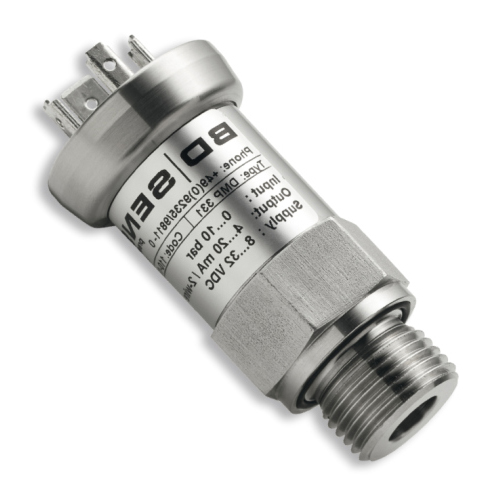
These types of sensors are calibrated against a zero-pressure environment, such as a perfect vacuum. These pressure sensors can measure total pressure, including the atmospheric pressure, and will not be affected by changes in atmospheric conditions. Applications of such sensors include altimeters, vacuum measurement systems, and high-altitude barometers.
Gauge Pressure Sensors
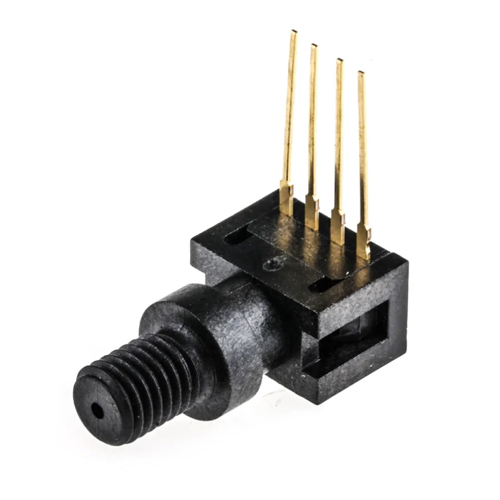
These pressure sensors measure the pressure relative to ambient atmospheric pressure. Their job is to show the pressure below or above the surrounding air pressure. You can find such sensors in tire pressure gauges, industrial pressure gauges, and blood pressure monitors.
Differential Pressure Sensors
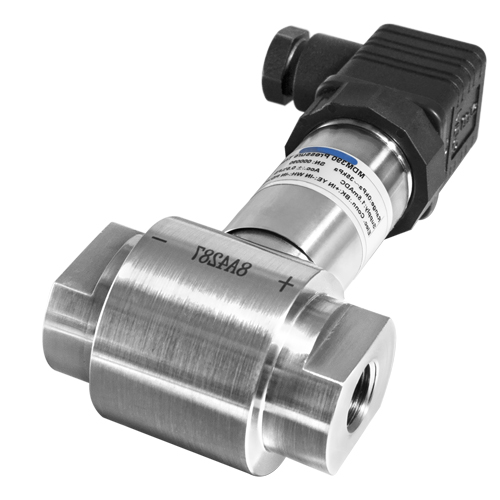
The work of these sensors is to measure the difference in pressure between two separate points in a system. These systems are crucial for applications such as flow measurement, where having a pressure drop affects the performance of a machine.
Sealed Pressure System
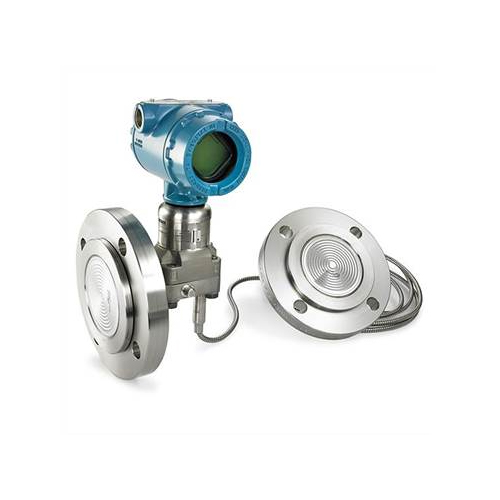
Such sensors are key in measuring the pressure relative to a sealed chamber, which is usually set to a standard atmospheric pressure of 1 bar. You should expect to find them in applications where having a consistent reference pressure is necessary, as well as in applications where variations to ambient atmospheric pressure are undesirable.
Based on Technology
Strain Gauge Pressure Sensors
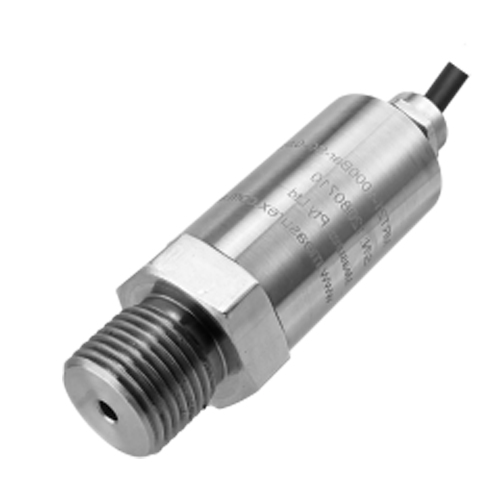
For such a sensor, it uses a strain gauge element that changes its electrical resistance depending on the pressure applied to it. The change in resistance is proportional to the pressure applied to the strain gauge element.
Piezoresistive Pressure Sensors
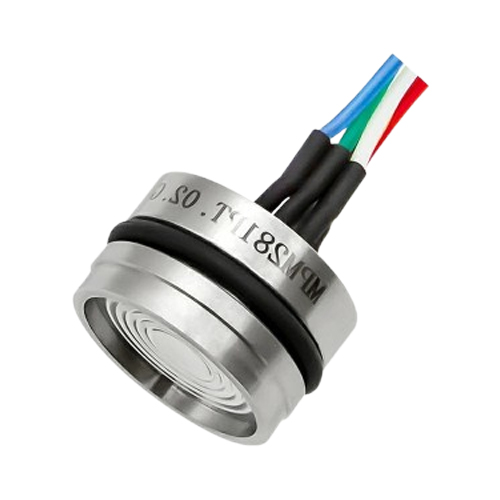
It works just like the strain gauge pressure sensor, except that it has materials that change electrical resistance when under stress. These materials should be common in micro-machined pressure sensors.
Capacitive Pressure Sensors
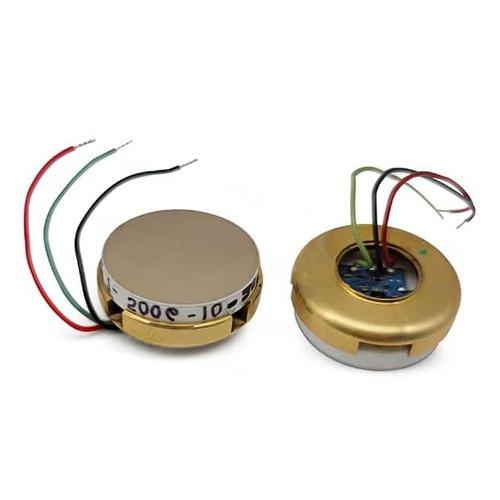
These types of sensors use changes in capacitance to detect pressure. They come with a diaphragm that deflects under pressure. This change in distance between the capacitor plates is what alters the capacitance and, in turn, measures the pressure difference.
Piezoelectric Pressure Sensors
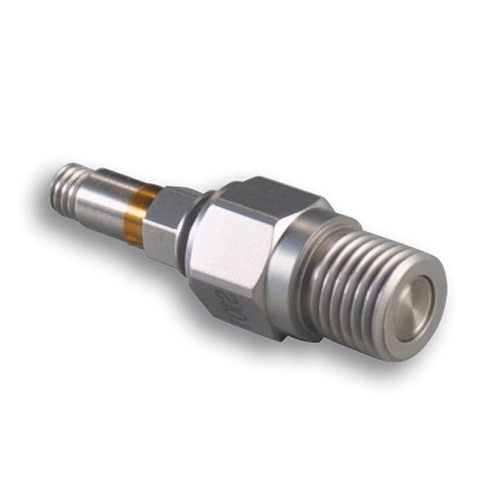
If subjected to pressure, these sensors generate an electrical charge. They are robust and have fast response times, which makes them suitable for dynamic pressure measurements such as in combustion engines.
Inductive Pressure Sensors
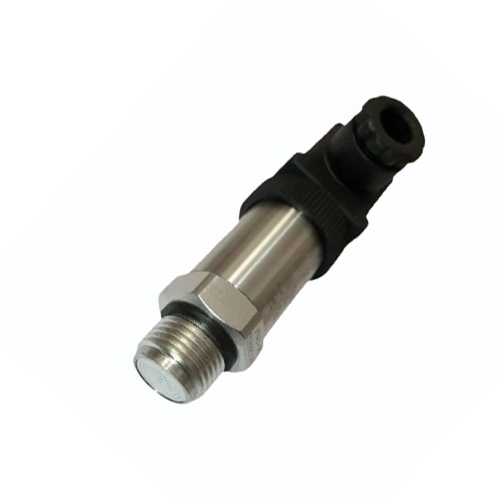
Inductive pressure sensors utilize the change in inductance to measure pressure. When pressure is applied to the sensor, the core in the inductor coil changes the inductance, which translates to the pressure measured.
Applications of Pressure Sensors
Whenever you see a tire pressure sensor light, it is just one type of sensor in action. There are many other applications you can expect to come across. Such include:
- Process control and monitoring in industries where the sensors help monitor and control parameters such as flow rates, levels, and more.
- HVAC systems also monitor airflow, detect leaks, and ensure efficient operation of heating, cooling, and other systems.
- Refrigeration also needs pressure sensors to monitor the refrigerant pressure. The same applied to gas pressure monitoring.
- The automotive industry is another big user of pressure sensors. These include engine oil pressure sensors, brake system pressure sensors, and more. They contribute to the safety and performance of the vehicle.
- Pressure sensors are used in medical applications such as blood pressure monitoring, infusion pumps, ventilators, and anesthesia machines.
Factors to Consider Before Buying Pressure Sensors
There are several things to consider before choosing an engine oil pressure sensor or any other type. Such include:
Pressure Sensor Type
We have already seen the different types of pressure sensors. Examples of pressure sensor types include absolute pressure, gauge pressure, and differential pressure. Make sure that you understand your application so that you choose the right type of pressure sensor.
Pressure Range
Different pressure sensors are built differently. So, it is important to understand the minimum and maximum pressures the sensor can handle. If your application involves pressure spikes or surges, it is best to get one that can handle these changes.
準確性
The overall accuracy of a barometric pressure sensor or any other sensor type is key in ensuring the applications keep running correctly. Expect the higher accuracy sensors to be more expensive. Also, consider how the temperature variations affect accuracy to choose the right sensor for the job.
相容性
The compatibility is important to ensure the new pressure sensor works correctly. For example, what is the output signal? Is it analog or digital? This determines how you would connect the sensor to the existing control system or data acquisition equipment.
Environmental Conditions
Temperature, humidity, shock, vibrations, and chemical exposure all affect how sensors work. Select a sensor that will be suitable for different environmental conditions. For example, make sure the sensor can withstand the temperature range or mechanical stress depending on the use.
Other Considerations
The response time is key as it determines the time taken for the sensor to react to pressure changes.
Size and mounting are also important, as you need a pressure sensor that can fit in the available space.
Power requirements are also important as they determine whether the device is compatible with the power source or requires modifications.
The overall cost is also key in choosing a pressure sensor. You need a sensor that offers a balance between performance and price. It should also offer long-term reliability and stability.
Troubleshooting Pressure Sensor Problems
Troubleshooting pressure sensors is key to keeping them in great working conditions. This involves many processes, such as visual inspection, which can be followed by advanced checks where necessary.
Initial Checks
In this case, you conduct a physical inspection looking for any visible damage, corrosion, or loose connection that is making the sensor not to work. Verify that all wiring connections are secure and correctly wired based on the sensor’s datasheet.
Advanced Troubleshooting
Sometimes it might be necessary to do advanced checks of the wiring and connections. Use a multimeter to check continuity, shorts, and proper voltage or current levels in the circuit.
Also, test the sensor output with a known pressure source. This is to check if its output is what is expected or if there are anomalies with the sensor.
Depending on the accuracy, it might be necessary to calibrate the sensor. This involves calibrating it against a known standard for an application.
Seek Professional Help
It comes down to how complex the problem is. If you find it is something you cannot solve, then consider getting professional help to handle the issue. Also, if you suspect a major failure or you need help replacing a sensor, professional help is recommended.
結論
Whether you are looking to get a crankcase pressure sensor 或者 injector control pressure sensor, it is key that you understand how they work first and see how best they suit your application. We have looked at the various types of pressure sensors above and how you can find them useful. Make sure that you practice the recommended maintenance tips to keep the sensors working just right. Also, if you have to install a new sensor, try to involve a professional where necessary to ensure the safety and proper installation of the sensor.
請發送 RFQ,我們將立即回覆。
常見問題
In what industries do you expect to find pressure sensors being used?
Expect to come across pressure sensors in industries such as automotive, medical, industrial, and consumer electronics. That is why we have tire, fuel, and engine pressure sensors, blood pressure monitors, and many more.
Can pressure sensors measure both liquids and gases?
Yes. it all depends on compatibility. Most pressure sensors can work with both liquids and gases so long as they are compatible in terms of sensor material and design.
What is the future of pressure sensor technology?
Expect to see a trend of integrating IoT and wireless communication in pressure sensors. We also have chances of AI-based data analytics with pressure sensors. More miniaturization of pressure sensors is also likely to happen to make them usable in portable devices.
